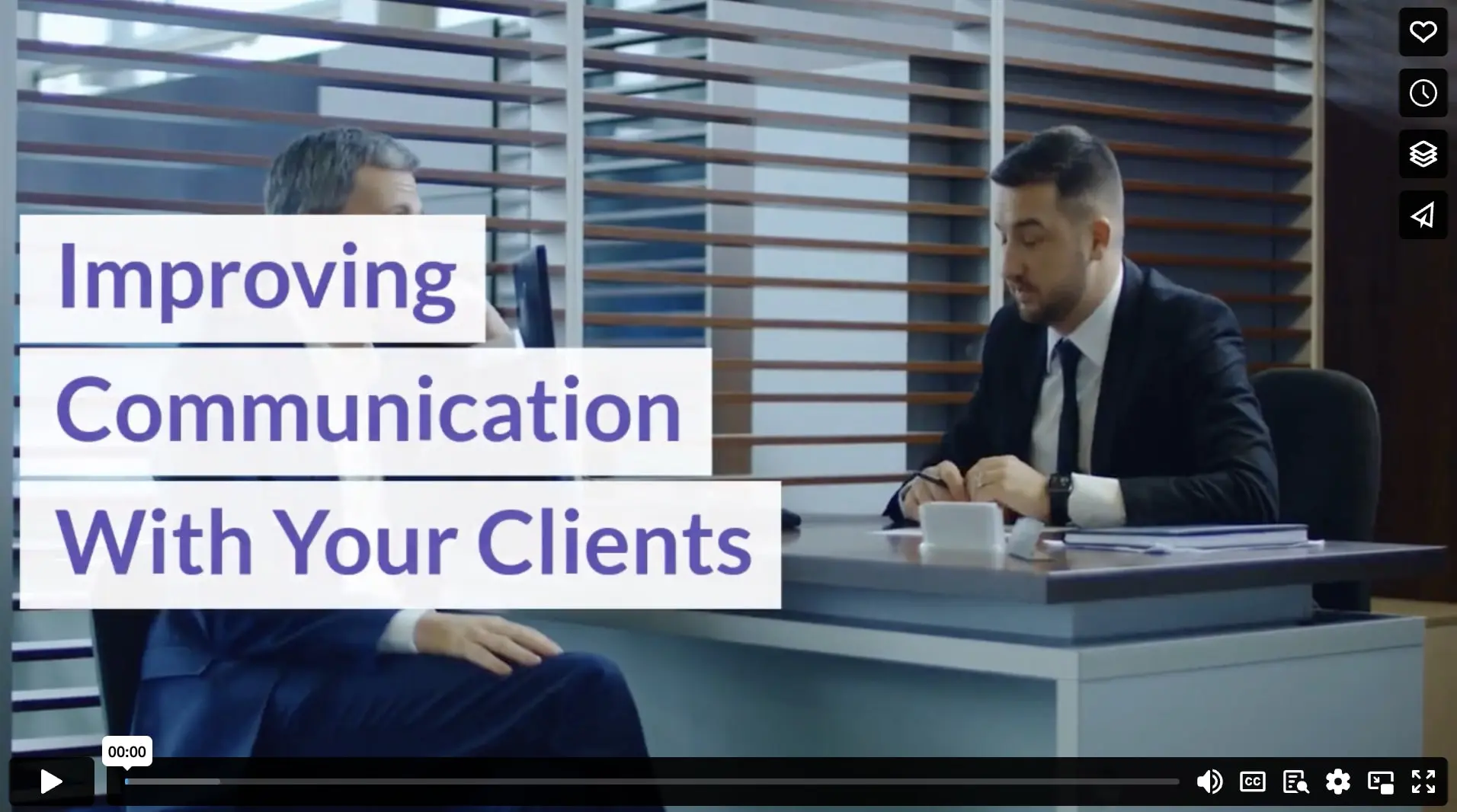If you’ve trained to be a tax professional, you’re likely great with numbers–they just make sense. However, being great with numbers doesn’t always prepare you for other parts of your tax business. Especially in the beginning, you’re so focused on the numbers and forms that you struggle to get your point across. It can be tricky because focusing on your job means you miss subtle cues in body language, or you can’t convey tone in text. Communication is a multi-faceted endeavor with a lot of moving parts. It takes practice, just like anything else.
Some tips will help you navigate such situations to improve relations and encourage loyalty in your clients. Implementing these measures will limit miscommunications that lead to dissatisfied customers who shop around:
Listen to Understand
Often, people are formulating a reply while their client is still talking. Dividing your attention when your customer is expressing their concerns and preferences can mean you miss vital information.
When a client approaches you with a problem, listen. Take notes where necessary so you can address salient points when they’ve finished speaking. Ask clarifying questions and summarize what they’ve said before answering them to ensure you understand them. (Sometimes, your client will have a hard time with words, too.)
Once all the information is in, address every one of their concerns, even if you need to set a separate appointment to finish. The client will appreciate feeling heard by you, that you didn’t rush them, and that you treated them with courtesy and respect.
If you offer a service or product that meets their needs, great. Pitch the product or service, showing how it answers their pain points. If you need to refer them to someone else, do it. Your client will know you were more concerned with their needs than your bottom line. This attitude will build customer loyalty because they learn to trust you.
Limit Surprises
Never delay telling a client news that affects their business or household income. If it’s good news, you come off as a hero. If it’s bad news, like a new tax code that negatively affects their business, the earlier they find out about it, the faster they can get ahead of it. Even better, develop a strategy that will help them minimize the negative impact where possible.
Whether you can change the outcome or not, however, refrain from dancing around it. You are the authority. You want to come across as confident (not arrogant). Come right to the point and explain what’s happening and why. You don’t have to apologize for things you can’t control but be empathetic. Keep your cool if they get emotional. Allow them time to react without taking it personally. Remind them that as their tax professional, you’re here to help them navigate the new circumstances.
Written Communication
Using a text messaging system for business, emails, and letters are great ways to disseminate information. That said, they’re also concrete proof if you mess up. Everyone makes mistakes; it happens. Still, it is better to limit errors when you can.
The good thing about written communication sent through your client management platform is that you can edit. While you don’t want to spend forever on any given letter and take undue time away from other money-making activities, always pause before pushing send to review:
Your Numbers
When you’re typing fast, you could end up with a decimal in the wrong position or transpose numbers. You want all written communication to be correct.
Every Word
Many programs check for grammatical errors. There is no reason not to employ them. Grammatical errors may seem small, but people react to them, nonetheless. Proofreading makes the letter seem more professional.
Your Tone
If you are writing in response to an emotional communication or just finished with a difficult client, recognize that emotional tension can influence your writing word choice and overall tone.
If you feel tense, you can wait to send messages till you’re calmer or, better yet, have a colleague proof the message. You don’t want to come across as angry, impulsive, or condescending to one client because you’re fired up about something else.
Automation
Do you have automation in place that could handle this message you’re about to send? Automated text messaging systems, for example, can send reminder messages about appointments or required documents. You write the message once and never have to proofread it again.
Last Thoughts
Recognize that your client may need help understanding the same terms that are a regular part of your vocabulary. Every job has its own lexicon, and while your side of the conversation makes sense to you, professional jargon may confuse your client. Watch their face. If their eyes glaze over, they look confused or want to ask a question, stop and ensure they understand what you just said. Keep written communication pleasant but short, succinct, and simple to read.
Video
Infographic
Text messages for business, emails, and letters are great for sharing information, but they also serve as evidence of mistakes. It’s important to limit errors. Keep reading this infographic to learn about client communication improvements.





